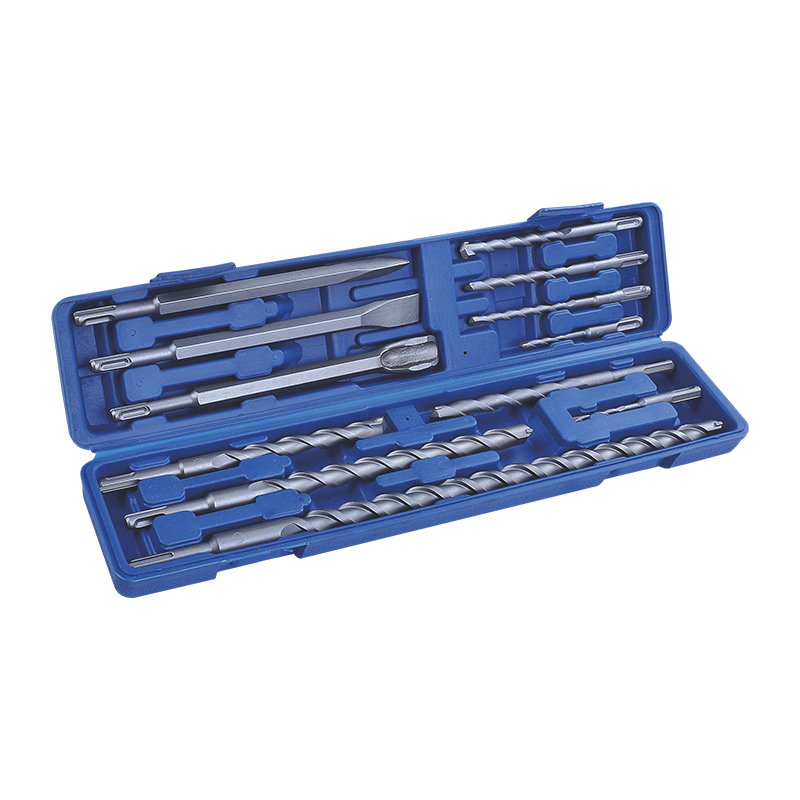2025-11-14
The SDS Plus Hammer Drill is commonly used for demanding applications such as drilling into concrete, masonry, and stone. These tasks generate large amounts of fine dust, which can enter the tool’s internal components if not properly managed. Dust accumulation inside a drilling machine can damage gears, reduce motor efficiency, clog vents, and ultimately shorten the lifespan of the tool. Because of this, the reliability of its dust-resistant structure is critical not only for performance but also for long-term durability and user safety. When assessing whether the dust protection design is trustworthy, it is necessary to consider sealing mechanisms, air-flow management, and the effectiveness of debris prevention systems in both professional and DIY environments.

A high-quality dust protection architecture relies on multiple layers of defense. Rubber or silicone seals are commonly placed around key mechanical interfaces such as the chuck, trigger assembly, and motor housing to reduce dust intrusion. This sealing system prevents abrasive particles from entering sensitive internal parts and grinding against moving components. Second, high-efficiency ventilation structures are engineered to maintain adequate cooling without allowing dust to flow back into the motor area. Air channels may be directed away from drilling zones, and internal filtration screens are often added to trap fine particles. Third, the chuck mechanism often incorporates protective rings or dust caps, especially in SDS drive systems where the bit shank sits directly inside the impact sleeve. These features help maintain lubrication inside the hammer piston area while preventing cement or stone debris from entering the drive tube. Together, such elements form a comprehensive dust barrier designed to operate in tough construction conditions.
In practical usage, the dust protection performance of SDS Plus systems generally proves reliable, but the level of effectiveness varies depending on brand, model, and maintenance habits. Well-engineered premium tools often benefit from stronger seals, better filtration, and durable housing materials that maintain resilience under extended heavy-duty work. Meanwhile, lower-cost models may compromise on seal quality or ventilation design, making them more vulnerable to dust infiltration over time. User behavior also plays a major role in the longevity of the dust-protection system. Routine cleaning, proper storage, and avoiding excessive exposure to fine concrete powder significantly enhance tool lifespan. Additionally, applying specialized SDS dust-extraction attachments or using external vacuum systems during drilling improves dust control around the tool and protects internal mechanisms. Ultimately, even a reliable protective structure performs when paired with appropriate maintenance and worksite dust-management practices.
The dust-protection design of modern SDS-style hammer drills can generally be considered dependable, as it incorporates layered engineering solutions targeted specifically at environments where fine mineral dust is unavoidable. From sealing technology to airflow control, these tools are constructed with durability and longevity in mind. However, final performance depends significantly on quality level, usage frequency, and user care. When paired with good operational practices and proper cleaning routines, the dust-resistant structure effectively safeguards internal components and supports consistent drilling performance. For users seeking long-lasting reliability in harsh job-site environments, investing in a well-designed model and maintaining proper tool hygiene will ensure strong dust protection and extended service life.